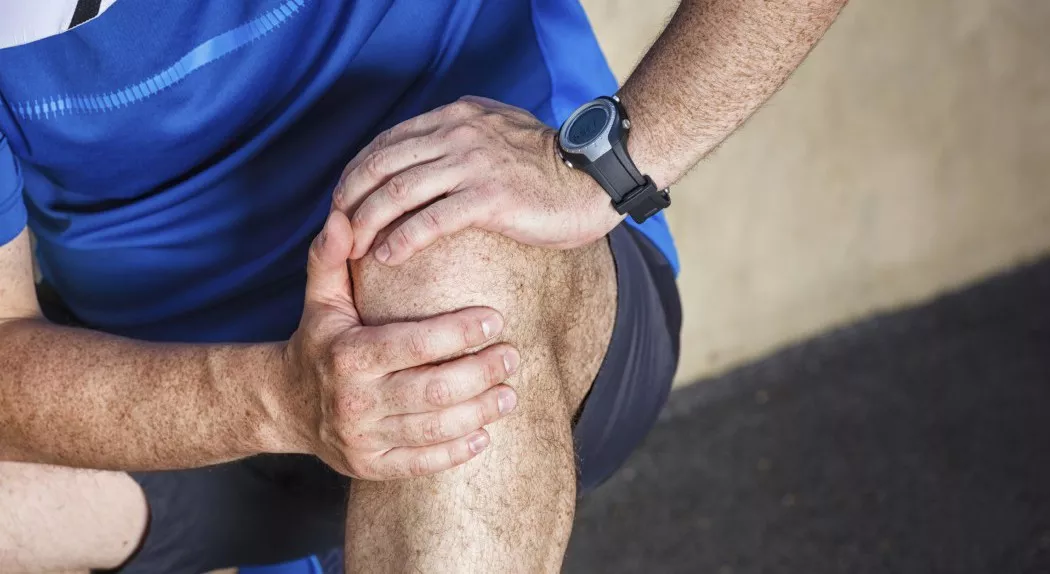by Luminis Health

Transplanting your own cartilage to heal a knee injury. Is it right for you?
Picture your cartilage as a cushion covering all of our joints. In the knee, this cushion is a little less than a quarter inch thick and covers the entire knee joint surface. If your knee cartilage is injured, a painful divot or crater can appear on the surface. In people under 40, this is often caused by an athletic or sports injury.
One treatment I have used with great success when repairing cartilage damage in younger adult patients is transplanting the patients’ own cartilage back into the damaged area, specifically known as Carticel Autologous Cartilage Implantation (ACI).
You’re an ideal candidate for ACI if you:
- Have cartilage damage the size of a nickel or larger;
- Are under 40;
- Do not have arthritis; and
- Have healthy surrounding cartilage.
ACI is a two-staged procedure. The first stage is a minor cartilage biopsy, where a small piece of the joint cartilage is harvested from a part of the knee that does not bear weight. The small sample—about the size of two Tic-Tacs—is sent to a special laboratory, where it is cultured and grown into several million “baby” cartilage cells.
About two months following the first procedure, the surgeon opens the knee again to implant the new cells. First, the damaged cartilage is cleaned out. Then the new cells are put into place, secured with a small membrane sewn over the defective area. Within six hours the new cells cling to the damaged area and begin to grow. The new cells continue to grow, eventually filling in the damaged area in about three months.
Healing takes several months, but patients should return to near pre-injury status, allowing you to return to a normal lifestyle.
How do I know if I have knee cartilage damage in the first place?
Cartilage damage may be identified following an acute injury or following chronic knee pain, which is pain that has re-occurred for at least two to three months.
When you experience knee pain, specialists often start with conservative treatment options, including anti-inflammatory medication, rest and physical therapy, and sometimes this is enough to significantly improve the situation.
When conservative measures don’t work, an MRI may be ordered. The MRI can help uncover whether there is joint surface cartilage damage and its size.
What can I do if I have cartilage damage, and I’m not a candidate for ACI?
If you have small damage—about the size of a dime or smaller—you may benefit from an arthroscopic microfracture technique, where tiny holes are punched into the affected area and debrided to promote cartilage healing. This requires the surrounding cartilage to be in good condition. Following this type of procedure, patients are on crutches for about six weeks. For small cartilage defects, we now have some new cartilage transplant techniques that can get you going even faster.
If you’re over 40 and/or have arthritis, you may be a better candidate for a partial or full knee replacement. Talk with your orthopedic specialist to uncover how to best treat your knee pain.
Originally published March 2015. Last updated July 2018.



